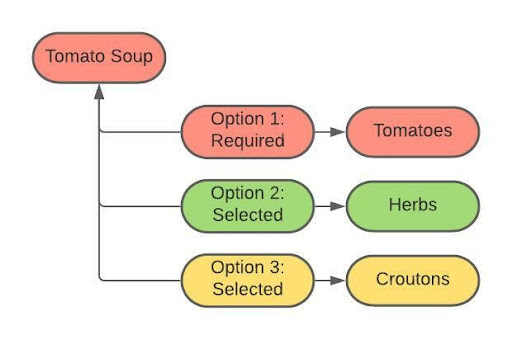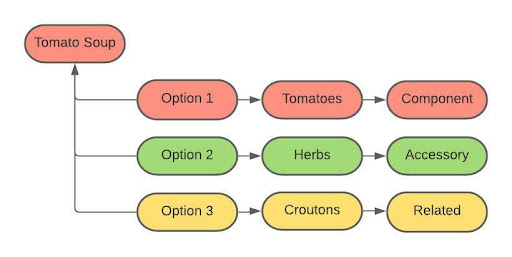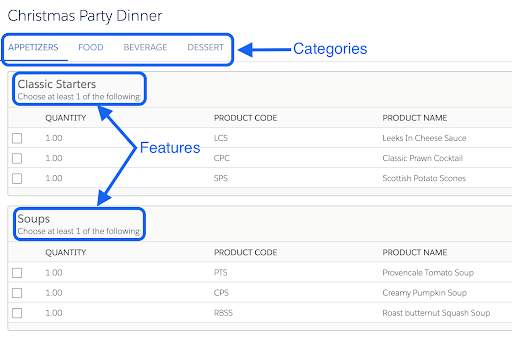Regardless of the number of products your company has to offer, generating accurate Quotes is still a big challenge for many organisations, even today. Your sales team quite often has to make sense of your product library and there is a real possibility that they will select products that simply can’t be sold together.
Thankfully, Salesforce CPQ enables you to streamline your sales process and makes it easy for your sales team to select pre-made product bundles.
But What is a Product Bundle?
Product Bundles are simply a collection of products or services that are sold together as a package. When you buy your favourite sandwich, dessert and drink as a meal for a cheaper price, that’s a bundle.
We have 3 types of Bundles in Salesforce CPQ :
- Static: Products which are always sold together at a fixed price. Your sales team cannot configure this bundle.
- Configurable: This is like building your own product. This bundle is partly configured for your sales team to suit your clients’ needs.
- Nested: These are bundles within other bundles.
The product Bundle is made of several records in Salesforce CPQ to help you organise your product catalogue. But let’s dive into each of them…
Tomato Soup or not Tomato Soup?
When you start building your Bundle in Salesforce, you always choose your Parent product, i.e., your lead product. Which in our case is going to be Tomato Soup.

As you choose your product parent, it is time to add our product options. Think of them as the ingredients that you can add to your tomato soup. Such as tomatoes, onions, garlic, olive oil, etc.
An important field on the product option record you should always keep in mind is the Type field. You may want to prevent your Sales reps from changing product option quantity on the Quote Line Editor. This field controls the behaviour of option quantity and tells CPQ exactly what to do with quantity while on the Quote Line Editor.

Components: Salesforce CPQ multiplies this option’s quantity (quantity of tomatoes you set) by the quantity of the bundle parent all the time. (These are generally marked as Required).
Accessory: The quantity of this product (herbs) is independent. When a user enters a quantity for this product option, it remains the same even if the quantity of the bundle changes.
Related product: Croutons is an independent product that can also be related to a bundle. Ideal for cross-selling.
Features: The best way to organise your products
Last but not least, we have features. Think of Features as a container where you can group and display your options together for better user experience. You might choose to group products under different categories such as vegetables (onions, tomatoes), condiments (sea salt, pepper, olive oil) or add-ons for instance (croutons, cheese, bread).

When to move to CPQ?
Salesforce CPQ is a powerful tool that helps you structure your product catalogue and reduce time spent on Quotes and Pricing products.
***
Unsure as to whether you need to move from standard products and Quotes to CPQ? Check out this video, or get in touch with our team today.


